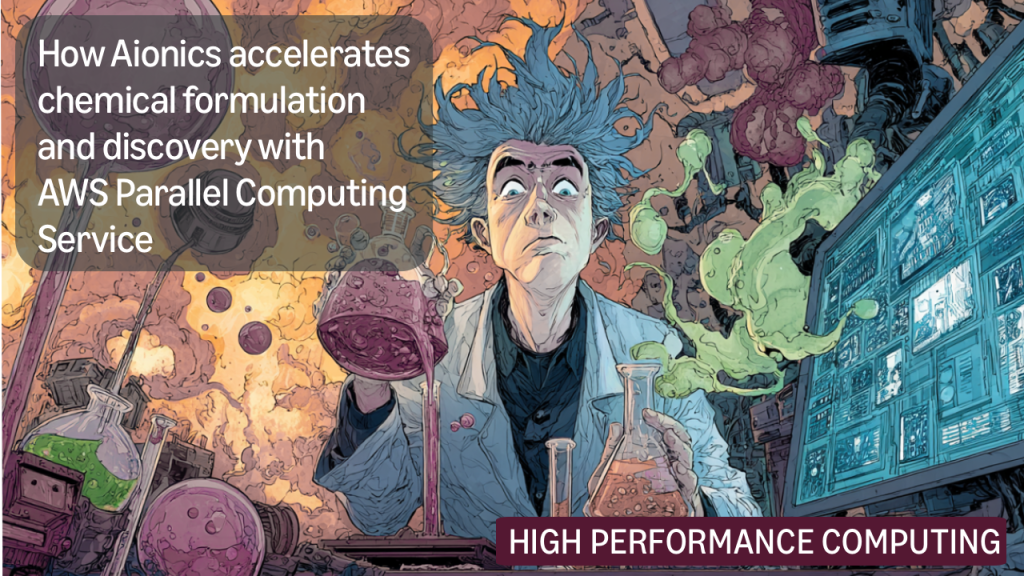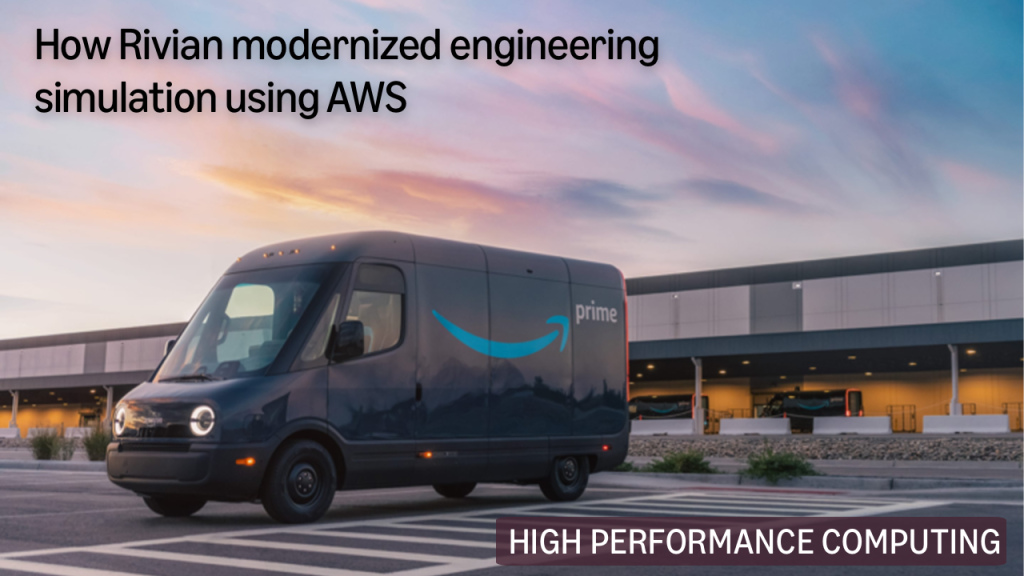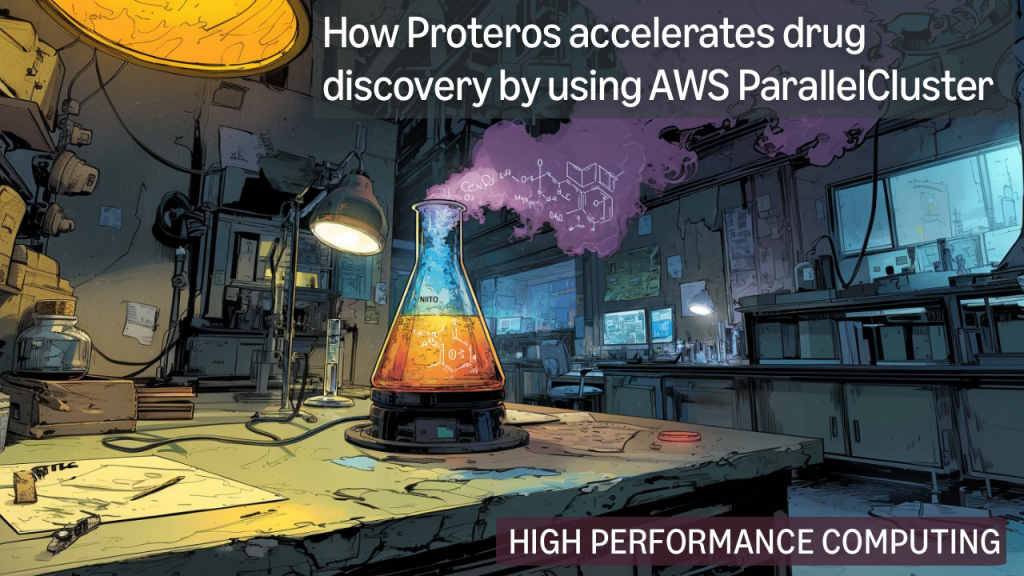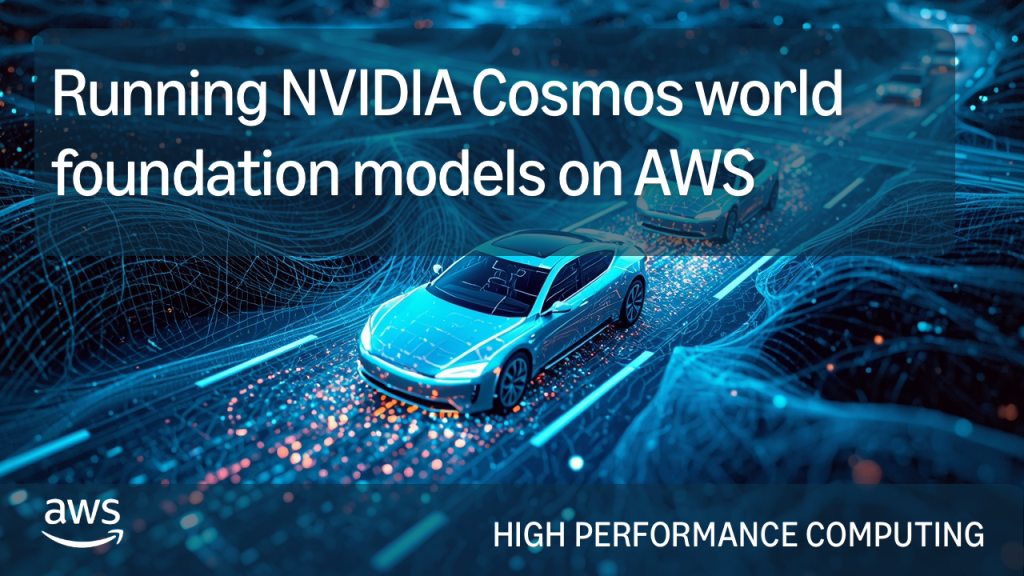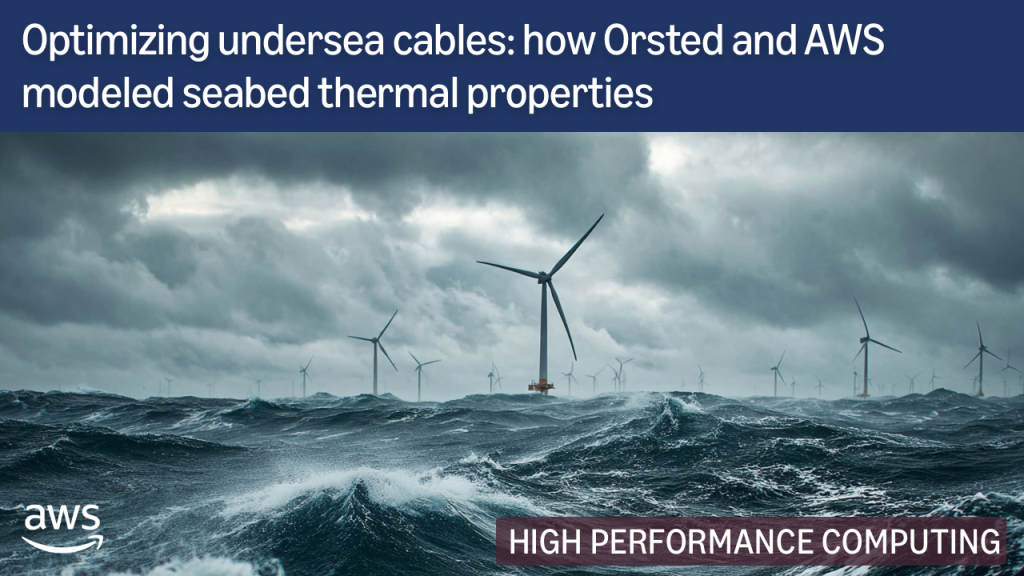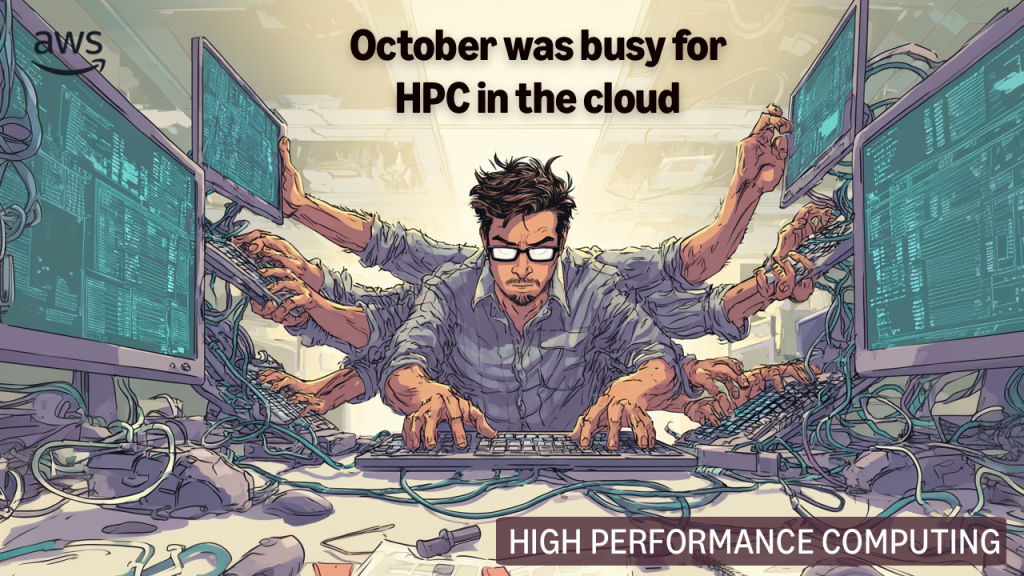AWS HPC Blog
How Aionics accelerates chemical formulation and discovery with AWS Parallel Computing Service
This post was contributed by Mohamed K. Elshazly, PhD, Kareem Abdol-Hamid, Sam Bydlon, PhD, Aarabhi Achanta, and Mark Azadpour The decarbonization of our modern economy depends on solving a defining scientific challenge: developing batteries that are both safe and high performing. From electrical grids to vehicles and aviation, these energy storage devices must provide power […]
How Rivian modernized engineering simulation using AWS
This post was contributed by Ameya Kamerkar (Rivian), Vikram Pendyam (Rivian), Abhishek Chauhan (Rivian), Ajay Paknikar (AWS), Sandeep Sovani (AWS) Figure 1. Rivian’s custom Amazon Electric Delivery Vehicle (EDV) (Credits: Rivian media kit) In this post, we share how Rivian, a leading electric vehicle manufacturer, revolutionized their engineering simulation capabilities by migrating to AWS and […]
How Proteros accelerates drug discovery by using AWS ParallelCluster
Proteros is a leader in structure-based drug discovery solutions, and supports pharmaceutical, biotechnological, and academic clients with advanced technologies like Cryogenic Electron Microscopy (Cryo-EM) and Protein Crystallography (PX). In this blog post, we’ll explore how Proteros implemented an HPC solution that scales with their scientific ambitions. We’ll talk about how they started with a secure […]
Running NVIDIA Cosmos world foundation models on AWS
Running NVIDIA Cosmos world foundation models on AWS provides powerful physical AI capabilities at scale. This blog covers two production-ready architectures, each optimized for different organizational needs and constraints.
How Daiichi Sankyo modernized drug discovery using AWS Parallel Computing Service
This blog was co-authored by Takehiro Nakajima and Mark Azadpour from AWS and Rintaro Yamada, Rei Kajitani and Ryo Kunimoto from Daiichi Sankyo In recent years, the informatics field of drug discovery has seen a rapid increase in workloads requiring large-scale parallel computing, such as genome analysis, structure prediction, and drug design. Daiichi Sankyo has […]
Meet the Advanced Computing team of AWS at SC25 in St. Louis
We want to empower every scientist and engineer to solve hard problems by giving them access to the compute and analytical tools they need, when they need them. Cloud HPC can be a real human progress catalyst. If you run large scale simulations, tune complex models, or support researchers who consistently need more compute, the […]
AWS re:Invent 2025: Your Complete Guide to High Performance Computing Sessions
AWS re:Invent 2025 returns to Las Vegas, Nevada on December 1, uniting AWS builders, customers, partners, and IT professionals from across the globe. This year’s event offers you exclusive access to compelling customer stories and insights from AWS leadership as they tackle today’s most critical challenges in high-performance computing, from accelerating scientific discovery to optimizing […]
Optimizing undersea cables: how Orsted and AWS modeled seabed thermal properties
This post was contributed by Ross Pivovar, Rafał Ołdziejewski, Cindy Xin Qi Lee Offshore wind farms play a critical role in the global transition to renewable energy and clean power generation. But generating electricity is only half the battle—safely and efficiently transporting that power to the grid through undersea cables is equally important. Today, we’ll […]
October was busy for HPC in the cloud
It’s been a busy month in the world of HPC on AWS: we’ve seen new data sets, refinements to cluster operations, and deeper thinking about how workloads map to infrastructure. For our customers driving R&D with HPC, those changes matter (and yes, the nerd in me is quietly excited). In today’s post, we’ll tell you […]
What’s the difference between AWS ParallelCluster and AWS Parallel Computing Service?
It’s been a year since we announced AWS Parallel Computing Service (PCS). In a way this is the third generation of Slurm-based HPC orchestrators that we’ve brought to you. We’ve learned much from helping customers deploy serious production workloads on AWS ParallelCluster, which itself grew from the foundations layed by CfnCluster – the open-source project […]
